Claas has significantly upgraded its Tucano range of combine harvesters for the 2015 harvest with numerous changes and improvements. The range was first introduced in 2008 and includes both walker and rotary machines.
Claas says the Tucano series has proved popular with small- to medium-sized arable farmers and contractors, typically those who harvest 300 to 1,600 acres annually. These machines have been developed for farmers who want a high-capacity combine without all the additional sophistication of the Lexion range.
The 2015 Tucano is available in three ranges, with a total of six models from 245hp up to 354hp. Topping the lineup will be the new Tucano 570, which is fitted with an APS hybrid rotary threshing system.
The four-model 400 range uses the APS system in combination with straw walkers, while the 320 has just a single conventional drum and straw walkers.
From the outside, the most notable difference is the styling and appearance of the new range. It now closely follows the styling of the Lexion combines.
Claas has also adopted a top pivot-type unloading auger for the series, which features an increase in unloading height and speed over the previous under-slung unloading auger design.
Claas claims that the auger on the 570 Hybrid is now about 30% higher. With an increase in unloading capacity, its 9,000-litre tank can be emptied in less than two minutes, it is claimed. The company says that the change in auger positioning means that longer discharge augers can now be available, plus it makes access for servicing far easier.
All new Tucano models are powered by Tier 4 final Mercedes-Benz engines. Exhaust gases are treated using selective catalytic reduction (SCR) and exhaust gas recirculation (EGR) to meet emission regulations.
The air cleaning system has evolved from the larger Lexion series.
Fresh air for the engine is drawn in through a rotating radiator screen and active pre-separation ensures that fewer particles get into the two air filters.
From the outset, almost all of the Tucano series has used Claas’s well-proven, drum-like, accelerated pre-threshing system (APS). This remains the same on Tucano 400 and 570 models, with APS accelerating and subjecting the crop to a high centrifugal force.
It is claimed that 30% of the easily threshed grains are removed in the pre- concave area, leaving the main drum and concave to handle the harder-to-thresh grains.
On all the new Tucano models, the concaves are now adjusted using the Cebis control terminal in the cab. The concave settings incorporate a hydraulic overload device, which allows them to open rather than potentially jam the drum and damage the drive mechanism/belt.
The concave is hydraulically pre-tensioned and opens as the pressure increases, after which it returns automatically to the preset working gap.
Having passed through the APS, the remaining grain is separated using either five-straw or six-straw walkers with the Claas intensive separation system (ISS) for efficient separation. The two larger six-walker machines have three-channel sieves, which are stronger, provide greater separation and deliver improved material control.
The 570 Hybrid features a single 570mm-diameter Rotor Plus instead of straw walkers. Claas claims that this wide-diameter rotor achieves a high centrifugal force at a low rotor speed, so that maximum secondary separation can be achieved without damaging the straw.
The 570’s predecessor, the 470, had six preset drum rotor speeds. A problem with this system is that very few would actually change speeds.
A big change on the 570 Hybrid is that the drum rotor is driven by a belt-based variator, which allows its speed to be adjusted from 480rpm to 920rpm. These speed changes can be made from the terminal in the cab.
It is claimed that this gives the operator greater control over grain separation and straw quality, especially if the straw is to be baled.
The Roto Plus also features mechanical flap adjustment or bomb-doors, as the Claas UK team describes them.
Using a lever on the left-hand side of the combine, the first and second concaves can now be closed independently of each other.
As crop conditions change, the operator now has the option to close either the first or both the concaves, so that better throughput can be maintained.
This means that, in damp conditions, the large separation area can be used to achieve improved separation of harder-to-remove grains, or, in very dry conditions, both concaves can be fully opened for maximum throughput.
Another new feature on the 570 Hybrid is the electrically operated rotor guide plate, which is also now controlled by the Cebis system.
Depending on moisture content and the condition of the straw, this allows the operator to ensure that straw material is fed centrally into the straw chopper rather than to one side when damp.
The straw chopper can now be automatically engaged once the straw plate is folded back.
Other new functions within Cebis system include automatic crop settings, with default settings for over 35 different crops. The operator can also save their own settings for different crops or varieties, which can be called up at any time. A new rear-view camera can also now be integrated into Cebis.
All the main operating and cutterbar functions are controlled using either a multifunction joystick control or the new C-motion ground speed control lever.
The operator can also easily monitor the grain tank level and the quality of the crop through a wider, centrally positioned grain tank window, visible from the combine seat. The grain tank lids are also now controlled electronically using a switch in the armrest.
All the new Tucano models can be used with the full range of Claas steering systems, using either the latest S7 terminal or more advanced S10 terminal, which can also be used to monitor up to four cameras.
As an option, the new GPS pilot flex steering wheel is also available, controlled using the S7 terminal.
For difficult or hilly conditions, a new four-wheel drive axle is available as an option. This uses two central hydrostatic motors integrated into the axle and is said to provide 30% more traction.
Pricing of the new Tucano series is expected to be 5% higher than the old series in sterling and 8% higher for euro customers.
New combine headers
Claas has introduced the first in a new generation of headers/cutterbars for the Tucano and Lexion combine ranges. A new 12.3m-wide version of the Vario header is now available, designed for use within controlled traffic farming systems.
The new Vario 930 and 770 models and the Cerio 930 and 770 headers have cutting widths of 9.3m and 7.7m. They are fitted with a new knife drive. They replace the current Vario 900 and 750 models and offer a wider working width but with greater adjustment of the cutterbar.
On current Vario headers, the knife can be adjusted over a range from -100mm to +200mm for cereals and up to +500mm for direct-cutting oilseed rape using manually fitted filler plates. On the new-generation Vario 930 and 770, the knife can now be adjusted over a range from -100mm to +600mm, 700mm in total. With rapeseed knives in place at both ends, range of adjustment is reduced by 200mm.
It is claimed that the new design means that side-knives can be easily fitted without needing to use tools. Once connected, using two flat-sealing couplers, this automatically activates the hydraulic pump to drive the knives. To minimise losses, additional panelling has been added to the right-hand side of the header and the knife and reel-end positions are also transmitted automatically to the combine.









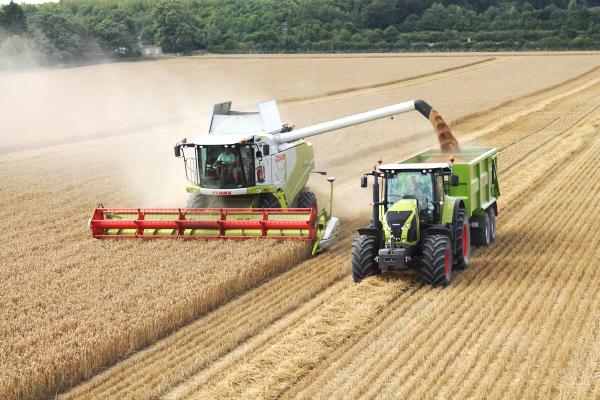
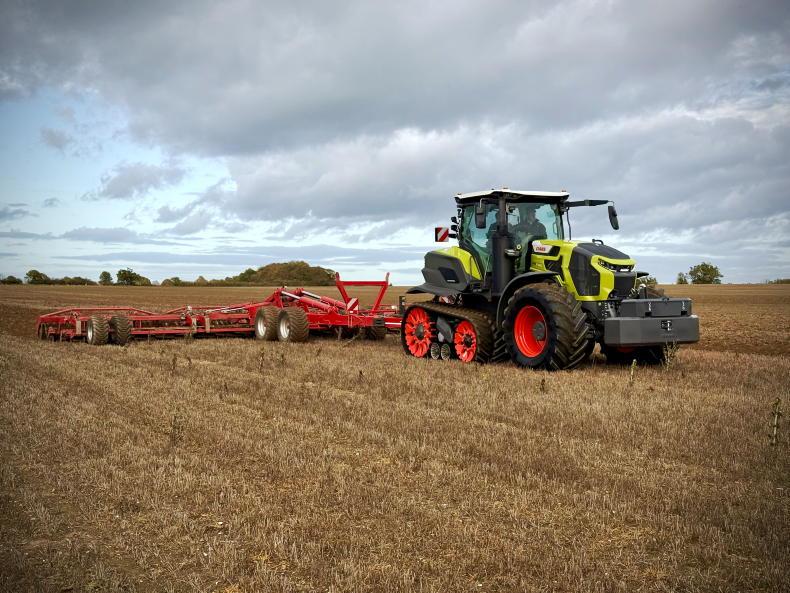
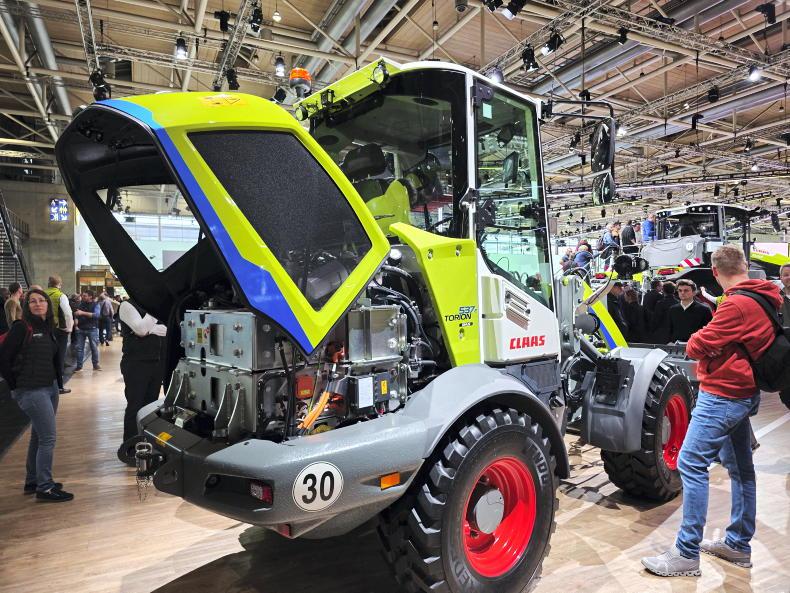
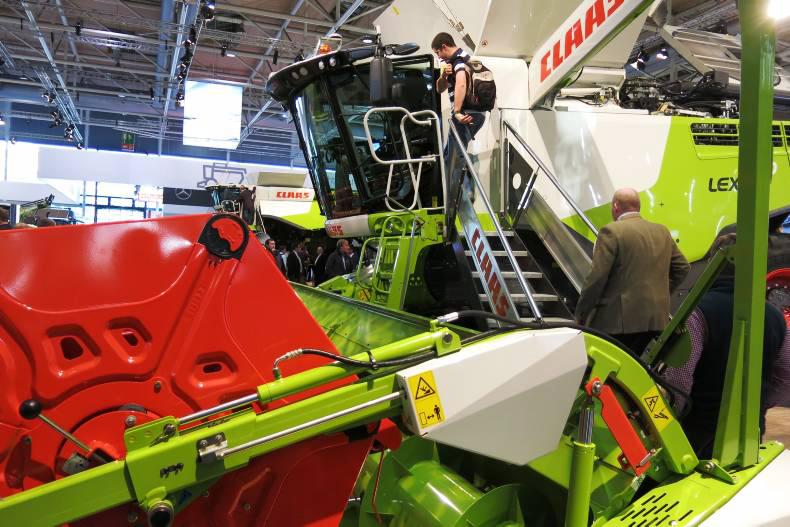
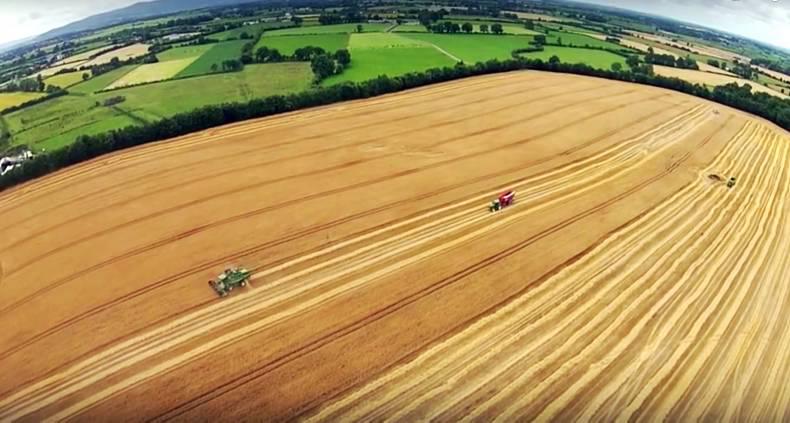
SHARING OPTIONS